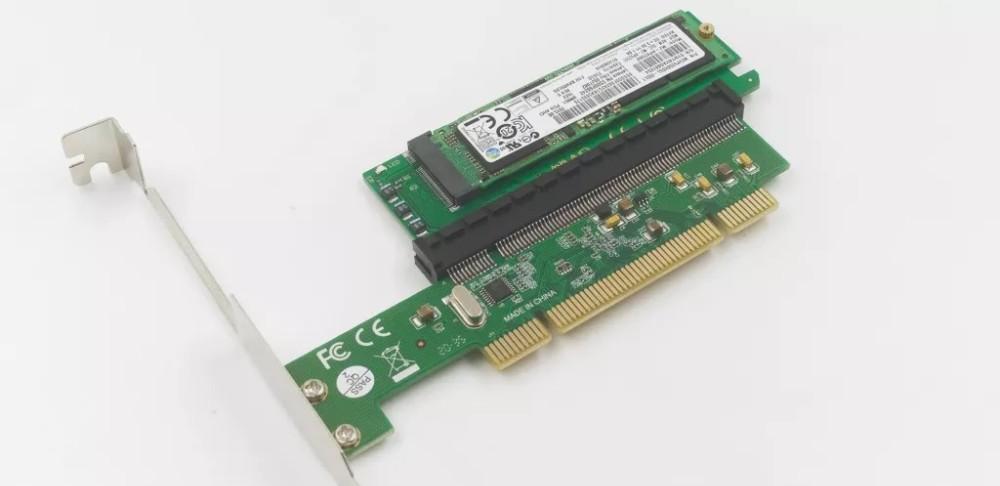Ordinary users if you want to upgrade the host, may choose to add memory, replace the CPU and graphics card, etc., with the increase in storage device speed, individual users of the host may not have an M.2 slot, but can be transferred through the PCI Express expansion slot M.2 SSD to obtain higher storage performance than SATA SSD.
According to TomsHardware, recently some foreign hardware enthusiasts have locked their eyes on Apple's early Power Mac G4, using the transfer method to let the old machine use the M.2 SSD. It's not easy to do this, after all, newer Macs don't have to be that easy to upgrade their storage devices, let alone "old-fashioned." This work is more of a test of hands-on and problem-solving skills, and the performance upgrade of the machine is not the focus.

Apple's earliest generation of Power Mac G4 was released in 1999, the front side bus frequency is 100 MHz, the CPU frequency is 400 MHz, the graphics card is customized ATI Rage 128, 16MB video memory, the interface is 64-bit PCI-X, the frequency is 66 MHz, which is equivalent to AGP 2X, equipped with a FireWire 400 interface. This Mac hardly has any modern interface, even the graphics card is not an AGP interface, and the expansion card can only be installed through the PCI interface. In the years that followed, Apple upgraded the Power Mac G4, adding relatively new interfaces such as AGP, USB 2.0, Bluetooth, and Firewire 800 to DDR memory until 2003, when Apple launched the first 64-bit personal computer Power Mac G5.
Hardware enthusiasts through PCI-to-PCIe, let the Power Mac G4 have a modern interface, and then use PCIe to transfer into an M.2 slot. Obviously, the Power Mac G4 does not support the NVMe protocol currently used by SSDs, and requires an SSD using the AHCI protocol. According to research, the Power Mac G4's PATA controller should support the AHCI protocol, and even Samsung's SM951 can be installed. Subject to a 32-bit, 33 MHz PCI interface with a bandwidth of only 133 MB/s, the speed is certainly not enough to meet the M.2 SSD. In addition, in order for the Mac to correctly recognize the M.2 SSD, a suitable version of Mac OS X is also required, and the BIOS is required to start normally.